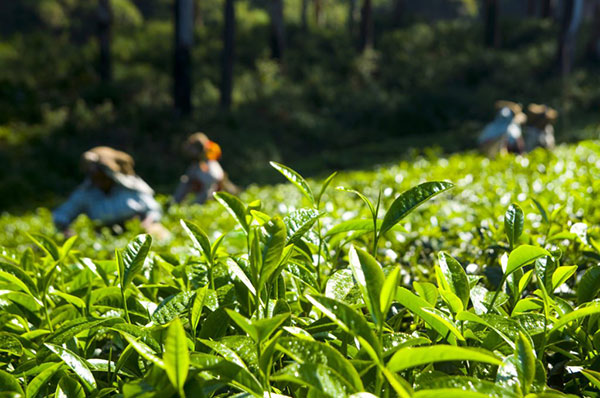An Introduction to Tea Tea is an aromatic stimulant, containing various polyphenols, essential oils, and caffeine. The beverage is of the same genus as the important horticultural plant, Camillia – an evergreen prized for its particularly beautiful flowers. The tea plant itself is Camellia sinensis, a native of Southeast Asia. The tea brewed from the dried leaves of this plant has probably been drunk in China for thousands of years: certainly since the 10th century BC, from which time written records of its use survive. After the introduction of tea in 1657, Britain became the only European country of tea drinkers rather than coffee drinkers. In recent years, however, coffee has gained in popularity, challenging tea’s status. Tea was introduced into North America by early settlers but was heavily taxed by the British, eventually resulting in the well-known Boston Tea Party of 1773. Tea is drunk by about half of the world’s population. China, India, Indonesia, Sri Lanka, East Africa and Japan are the main producers. Leaf buds and young leaves (the ‘tips’) are used in making tea, with the age of the leaves determining the taste and name of the particular commercial variety. Orange pekoe is made from the youngest leaves and souchong from the fourth leaves. After picking, the leaves are either dried immediately and completely to produce green teas, such as gunpowder, or are partially dried and then allowed to ferment to produce various kinds of black teas, such as orange pekoe and souchong. Oolong tea is partially fired and then steamed, thus being intermediate between green and black teas. Recently, medical research has indicated that green teas could have anti-cancer effects and this has stimulated increased demand. After being sorted on the basis of size, all grades of tea are packed in foil-lined chests or sacks to prevent the absorption of odors or the loss of aroma during shipment. Tea is sometimes allowed to absorb the scent from various flowers; jasmine and rose are particular favourites. | 








